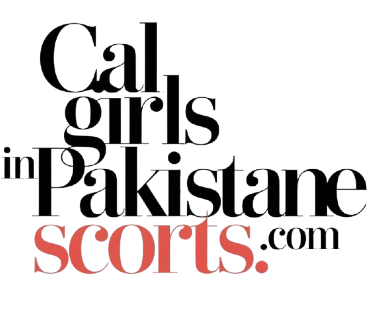Lahore, the cultural heart of Pakistan, is a city known for its rich history, vibrant arts scene, and diverse society. However, beneath its traditional exterior lies a controversial industry that continues to attract attention: the Call Girl Lahore. This phenomenon has stirred discussions around issues of gender, societal norms, and economic challenges facing women in the region.
Understanding the Model Call Girl Industry
The term “model call girl” typically refers to individuals who engage in escort services, often marketed as models or social companions. In Lahore, this scene often intertwines with the fashion and entertainment industries. Aspirants drawn by the allure of fame, fortune, and glamour sometimes find themselves navigating a complex landscape that blurs the lines between modeling and escorting.
The model call girl industry in Lahore can be traced back to the dynamics of socio-economic disparities and the limited opportunities available for women in many regions of Pakistan. While some women enter the field willingly, seeking independence or financial stability, others may feel pressured by societal expectations or economic necessity.
Factors Influencing the Industry
- Economic Challenges: Economic instability, high unemployment rates, and limited job opportunities for women contribute significantly to the proliferation of this industry. Many women, looking for ways to support themselves and their families, may see modeling and escorting as viable options.
- Social Change: The recent decades have seen a shift in societal attitudes, with some segments of the population becoming more accepting of alternative lifestyles and choices. This changing landscape has allowed the model call girl scene to become more visible, albeit still largely stigmatized.
- Digital Influence: The rise of social media and online platforms has transformed how individuals market themselves. Many young women in Lahore leverage platforms like Instagram and Facebook, presenting themselves as models or influencers, which sometimes leads to escorting opportunities.
The Stigma and Legal Shadows
Despite the apparent opportunities, the model call girl industry is riddled with stigma and legal ambiguity. Pakistan’s laws on prostitution are strict and can draw severe penalties. As a result, many involved in the industry operate in secrecy, under pseudo-names or within clandestine networks. This secrecy can make it difficult to assess the true nature and scale of the industry.
Moreover, the stigma surrounding both modeling and escorting can have lasting impacts on the personal lives and reputations of those involved. Women entering this field often face societal backlash, harassment, and ostracization, which can lead to a cycle of marginalization and invisibility.
Empowerment vs. Exploitation
The conversations surrounding the model call girl scene often evoke polarized views. On one hand, there is an argument for empowerment—where participating women are seen as reclaiming their agency and exercising control over their bodies and choices. Many advocates emphasize the importance of providing support and resources to women involved in this industry, helping them navigate the challenges they face.
Conversely, there are stark concerns about exploitation and the potential for abuse that can arise in such a shadowy profession. Critics argue that the lack of regulation and oversight can expose women to a range of risks, from physical and emotional harm to financial exploitation.
Towards a Balanced Discourse
For any meaningful change to occur, it is essential to engage in an honest and nuanced discourse about the model call girl scene in Lahore. This involves examining the socio-economic conditions that drive women into this profession while also addressing the cultural norms that stigmatize and marginalize them.
Organizations and activists advocating for women’s rights should focus on creating platforms for education, economic empowerment, and legal protections. By addressing the root causes and offering support, society can create a more equitable environment for women, regardless of their career choices.






